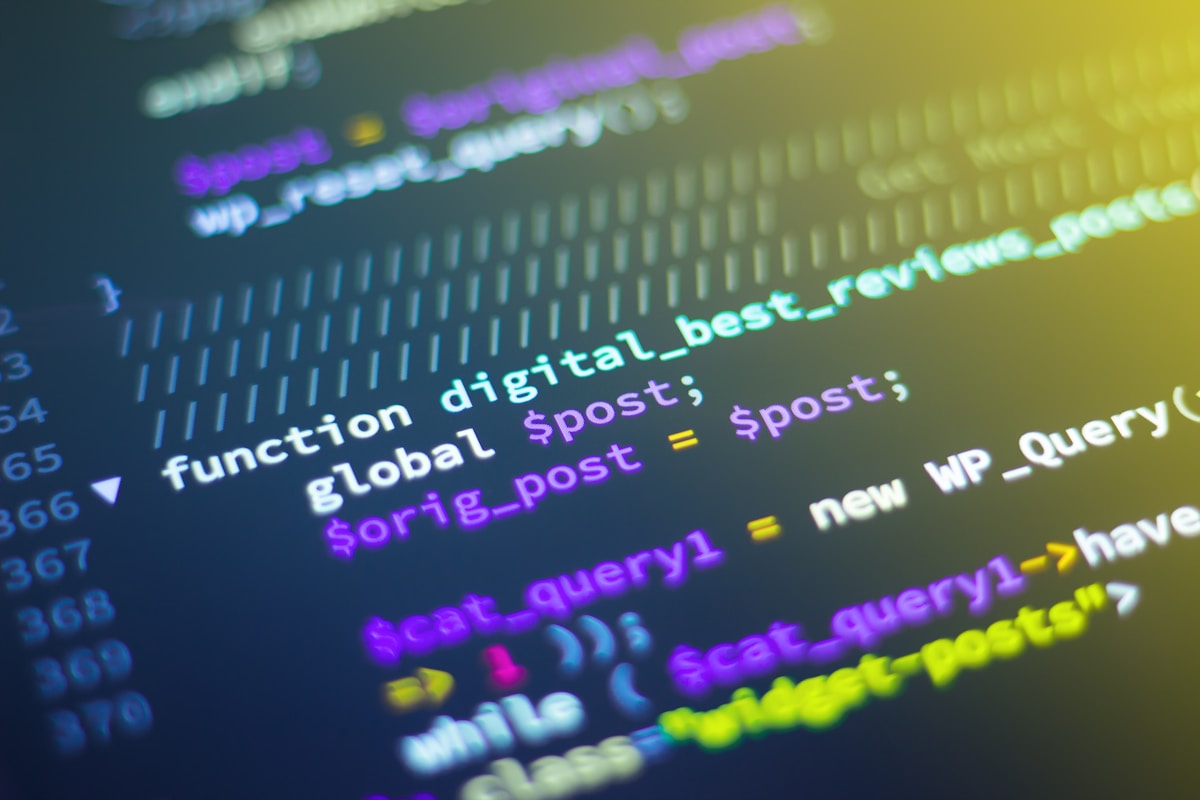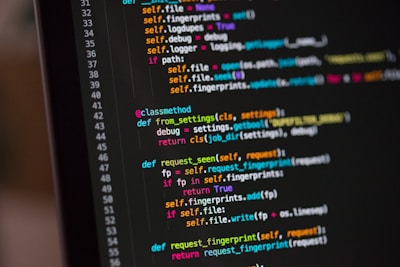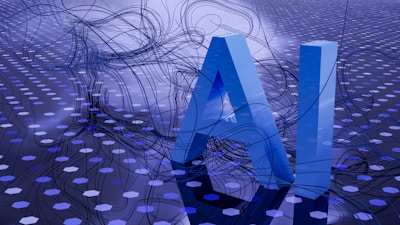The transformer architecture has revolutionized natural language processing and become the foundation for breakthrough models like GPT, BERT, and countless others. Since its introduction in the landmark paper "Attention Is All You Need" in 2017, transformers have fundamentally changed how we approach sequence modeling tasks. Yet despite their widespread adoption, the inner workings of transformers can seem mysterious and complex to those encountering them for the first time.
This comprehensive guide will demystify transformer architecture through clear explanations and visual illustrations. Whether you're a machine learning practitioner looking to deepen your understanding or a curious developer wanting to grasp the technology behind modern AI systems, this article will provide you with a solid foundation in how transformers work and why they've become so powerful.
The Problem Transformers Solve
Before transformers, recurrent neural networks and their variants like LSTM and GRU dominated sequence processing tasks. These architectures processed sequences one element at a time, maintaining hidden states that theoretically captured information from previous steps. While effective for many tasks, RNNs had fundamental limitations that hindered their performance and scalability.
The sequential nature of RNNs made them difficult to parallelize, leading to slow training times on modern hardware designed for parallel computation. Long-range dependencies were challenging to capture despite mechanisms like gating in LSTMs. Information had to flow through many sequential steps, and important context from early in a sequence could get lost or diluted by the time the model processed later elements.
Key Innovation: Transformers solve these problems by processing entire sequences in parallel using a mechanism called self-attention, which allows each position to directly attend to all other positions in a single step, regardless of their distance apart.
The Core Concept: Self-Attention
At the heart of the transformer lies the self-attention mechanism, arguably one of the most elegant and powerful ideas in modern deep learning. Self-attention allows the model to weigh the importance of different words in a sequence when processing each word. Instead of relying on sequential processing or fixed-size context windows, self-attention enables direct connections between any two positions in the sequence.
To understand self-attention, imagine you're reading the sentence: "The animal didn't cross the street because it was too tired." When you process the word "it," you automatically understand that it refers to "animal" rather than "street." Self-attention gives neural networks a similar capability, allowing them to focus on relevant context when processing each word.
How Self-Attention Works
Self-attention operates through three learned transformations of the input: queries, keys, and values. For each word in the sequence, the model creates a query vector representing what that word is looking for, key vectors representing what each word offers, and value vectors containing the actual information to be passed forward. The query of one word is compared against the keys of all words to determine attention weights, which are then used to create a weighted sum of the value vectors.
Mathematically, attention can be expressed as computing a weighted sum of values, where the weights are determined by how well queries match keys. The similarity between a query and each key is computed using dot products, then normalized with a softmax function to create a probability distribution. These probabilities determine how much each position contributes to the output for the current position being processed.
Multi-Head Attention: Seeing From Multiple Perspectives
While single attention is powerful, transformers use multi-head attention, which applies the attention mechanism multiple times in parallel with different learned projections. Each attention head can potentially focus on different aspects of the relationships between words. Some heads might capture syntactic relationships, while others focus on semantic connections or positional patterns.
Multi-head attention allows the model to jointly attend to information from different representation subspaces at different positions. With single attention, averaging would inhibit this. Having multiple heads enables the model to capture various types of relationships simultaneously, making it more expressive and powerful. The outputs from all heads are concatenated and projected back to the original dimension.
Practical Example: In the sentence "The bank can guarantee deposits will eventually cover future tuition costs," one attention head might focus on financial meanings (bank as institution, deposits, guarantee), while another captures temporal relationships (eventually, future), demonstrating how multiple perspectives enhance understanding.
Positional Encoding: Adding Order Information
One crucial detail about self-attention is that it's inherently position-agnostic. The attention mechanism treats the input as a set rather than a sequence, which means it has no built-in notion of word order. Since order matters tremendously in language, transformers add positional encodings to the input embeddings to inject information about the position of each token in the sequence.
The original transformer paper used sinusoidal positional encodings based on sine and cosine functions of different frequencies. This approach has elegant properties: it allows the model to attend to relative positions and can extrapolate to sequence lengths not seen during training. Alternatively, learned positional embeddings can be used, where position representations are treated as trainable parameters just like word embeddings.
Why Positional Information Matters
Consider the sentences "The dog bit the man" and "The man bit the dog." The same words appear in both, but the meaning differs entirely based on their order. Positional encodings ensure the transformer can distinguish between these cases, preserving the sequential nature of language while maintaining the parallel processing advantages of attention.
The Encoder: Understanding Input
The transformer encoder consists of a stack of identical layers, typically six in the original architecture. Each encoder layer has two main sub-components: a multi-head self-attention mechanism and a position-wise feedforward network. Both sub-components are wrapped with residual connections and layer normalization, which help with training stability and gradient flow.
The encoder processes the input sequence in parallel, with each token attending to all other tokens through the self-attention mechanism. This creates rich representations that capture contextual relationships across the entire sequence. The feedforward network then applies the same learned transformation to each position independently, adding non-linear processing power to the model.
Layer Normalization and Residual Connections
Residual connections add the input of each sub-layer to its output before normalization, creating shortcut paths for gradients during backpropagation. This architectural choice, borrowed from computer vision, helps train very deep networks by mitigating vanishing gradient problems. Layer normalization standardizes activations across features, stabilizing training dynamics and allowing for faster convergence.
The Decoder: Generating Output
While the encoder processes the input sequence, the decoder generates the output sequence one token at a time. The decoder has a similar structure to the encoder but with an additional attention mechanism that attends to the encoder's output. This encoder-decoder attention allows the decoder to focus on relevant parts of the input when generating each output token.
The decoder uses masked self-attention, which prevents positions from attending to subsequent positions. This masking ensures that predictions for a position can depend only on known outputs at earlier positions, maintaining the auto-regressive property necessary for generation. During training, the entire target sequence is processed in parallel with appropriate masking, but during inference, generation proceeds one token at a time.
Cross-Attention: Connecting Encoder and Decoder
The cross-attention mechanism in the decoder creates queries from the decoder's current state but uses keys and values from the encoder's output. This allows the decoder to attend to relevant parts of the source sequence when generating each target token. In translation tasks, for example, the decoder can focus on corresponding source words when producing each translated word.
Feedforward Networks: Adding Depth and Non-Linearity
After attention mechanisms process relationships between positions, position-wise feedforward networks apply the same learned transformation to each position independently. These networks typically consist of two linear transformations with a ReLU or GELU activation in between. Despite their simplicity, they're crucial for the model's capacity.
The feedforward networks have significantly more parameters than the attention mechanisms. They typically expand the dimensionality substantially in the hidden layer before projecting back to the original dimension. This expansion and contraction allow the network to learn complex non-linear transformations that complement the attention mechanisms' ability to model relationships.
Training Transformers: Practical Considerations
Training transformers effectively requires careful attention to several factors. The learning rate schedule is particularly important, with most implementations using a warmup period where the learning rate increases linearly from zero, followed by decay. This warmup helps stabilize training in the early stages when gradients can be volatile.
Dropout is applied at various points throughout the architecture to prevent overfitting. Label smoothing, which softens the target distributions slightly, has been found to improve generalization. Gradient clipping helps prevent exploding gradients, while proper weight initialization ensures stable early training dynamics. The combination of these techniques enables training of very large transformer models.
Training Tip: Batch size significantly impacts transformer training. Larger batches generally lead to more stable training and better final performance, though they require more memory. Gradient accumulation can simulate larger batches when memory is limited.
Computational Complexity and Efficiency
While transformers enable parallelization and capture long-range dependencies effectively, they have quadratic complexity with respect to sequence length due to the attention mechanism. Every position attends to every other position, resulting in sequence length squared operations. For very long sequences, this becomes computationally expensive and memory-intensive.
This complexity has motivated extensive research into efficient transformer variants. Sparse attention patterns restrict which positions can attend to each other, reducing complexity. Linear attention approximations aim to achieve linear rather than quadratic complexity. Techniques like kernel methods, low-rank approximations, and recurrence have all been explored to make transformers more efficient for long sequences.
Variants and Extensions
The transformer architecture has spawned numerous variants optimized for different tasks and constraints. BERT uses only the encoder stack and trains with masked language modeling, creating powerful contextual representations for understanding tasks. GPT uses only the decoder stack trained auto-regressively, excelling at generation. T5 frames all tasks as sequence-to-sequence problems using the full encoder-decoder structure.
More recent innovations include sparse transformers that use sparse attention patterns, linear transformers that replace softmax attention with kernel methods, and vision transformers that apply the architecture directly to image patches. Each variant demonstrates the flexibility and broad applicability of the core transformer principles beyond their original natural language processing domain.
Vision Transformers: Beyond Language
Vision transformers treat images as sequences of patches, applying transformer architecture directly to visual data. Despite lacking the inductive biases of convolutional networks, vision transformers achieve state-of-the-art results on image classification when trained on sufficient data. This success demonstrates that self-attention and the transformer architecture represent fundamental principles applicable across different data modalities.
Why Transformers Work So Well
Several factors contribute to transformers' remarkable success. The self-attention mechanism provides a flexible way to model dependencies without inductive biases about locality or hierarchy. Parallel processing enables efficient training on modern hardware, allowing models to scale to billions of parameters. The architecture's simplicity and modularity make it easy to modify and extend for different tasks.
Perhaps most importantly, transformers scale exceptionally well with data and compute. As model size and training data increase, performance continues to improve in a predictable way. This scaling behavior has enabled the dramatic progress in AI capabilities seen in recent years, with larger transformer-based models consistently achieving better results across diverse tasks.
Practical Applications
Transformers power many of today's most impressive AI applications. In natural language processing, they enable sophisticated translation systems, question answering services, text summarization, and conversational AI. Large language models built on transformer architecture can generate human-quality text, write code, and assist with complex reasoning tasks.
Beyond NLP, transformers are making impacts in computer vision for image classification and object detection, in speech recognition and synthesis, in drug discovery for molecular property prediction, and in reinforcement learning for decision making. The architecture's versatility continues to surprise researchers as new applications emerge across diverse domains.
Challenges and Future Directions
Despite their success, transformers face ongoing challenges. The quadratic complexity of attention limits their applicability to very long sequences. Training large models requires enormous computational resources, raising concerns about accessibility and environmental impact. Understanding what these models learn and ensuring they behave safely and fairly remains an active research area.
Future research directions include developing more efficient attention mechanisms, creating better methods for long-context modeling, improving sample efficiency to require less training data, and building more interpretable models. Hybrid architectures that combine transformers with other approaches may offer benefits like improved efficiency or stronger inductive biases for specific domains.
Looking Forward: The transformer architecture continues to evolve, with researchers exploring modifications that address current limitations while preserving the core strengths that made transformers revolutionary. The next generation of transformer-based models promises even more impressive capabilities.
Implementing Your Own Transformer
Understanding transformers conceptually is valuable, but implementing one yourself deepens that understanding significantly. Start with a minimal implementation covering the core components: multi-head attention, positional encoding, encoder and decoder layers. Frameworks like PyTorch and TensorFlow provide building blocks that make implementation straightforward once you understand the concepts.
Begin with a simple task like sequence classification or machine translation on a small dataset. This hands-on experience will reveal subtleties not apparent from reading alone. You'll develop intuition about hyperparameter choices, understand the importance of various architectural decisions, and gain appreciation for why certain design choices were made in the original paper.
Conclusion: The Transformer Revolution
The transformer architecture represents a pivotal moment in artificial intelligence history. By replacing sequential processing with parallel attention mechanisms, transformers solved fundamental limitations of previous architectures while introducing new capabilities that have driven remarkable progress across AI applications.
Understanding transformers is essential for anyone working with modern AI systems. The concepts introduced in the original transformer paper have become foundational to the field, appearing in countless variants and extensions. Whether you're fine-tuning pre-trained models for specific applications or conducting research on novel architectures, a solid grasp of transformer fundamentals is invaluable.
As the field continues advancing, the core principles of self-attention and parallel sequence processing established by transformers will likely remain relevant. Future architectures may modify specific details, but the paradigm shift transformers represent has permanently changed how we approach sequence modeling and beyond. The journey of understanding transformers is not just about learning a specific architecture but about grasping principles that will shape the future of artificial intelligence.



